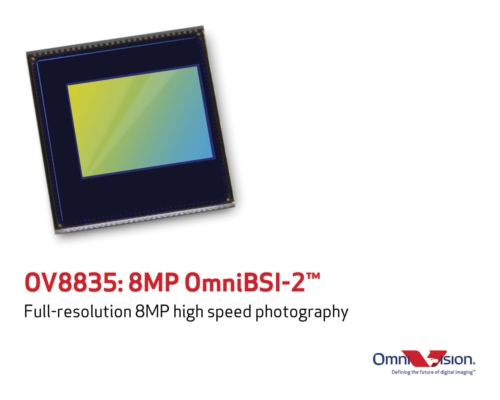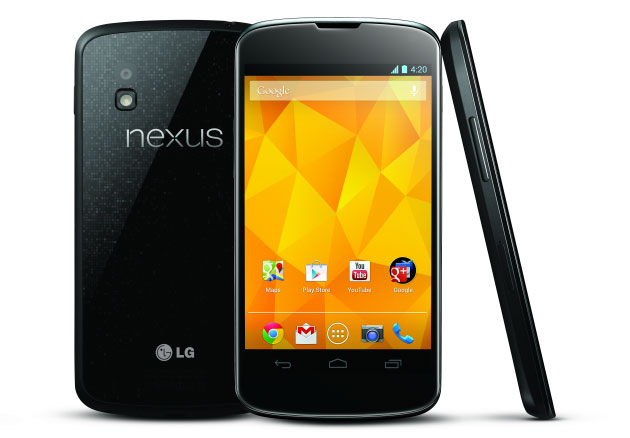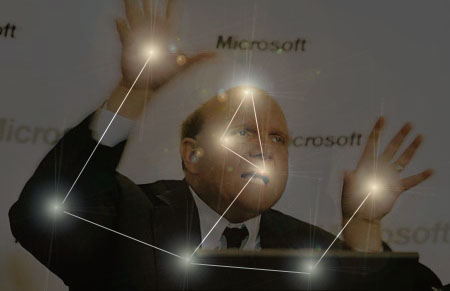News
 |
OmniVision has developed a CMOS sensor designed for use in mid-range smartphones. In this way, the mid-range devices should close the gap in image quality with advanced, higher-priced models. Vinoo Margasahayam, senior product marketing manager at OmniVision said that “Industry research projects that 8-megapixel cameras will continue to enjoy a dominant position in the mobile device market in the foreseeable future. To stay at the forefront of this trend, OmniVision developed a leading-edge 8-megapixel image sensor for smartphones and tablets. The OV8835's fast frame rates, excellent pixel performance and low power consumption are critical performance benefits for manufacturers.”
- Details
- Hits: 2853
 |
AU Optronics showed off a demo mobile phone with a screen, which they claim is the screen for mobile devices with the shortest edge in the smartphone world; edge of only 1 mm. Or to be more precise, when a touch sensor is put into the device, it can be integrated into a cell phone so it will have an edge width of only one millimeter. The demo phone has a screen diagonal of 4.46-inch and comes with a high-definition resolution. The company stated that they used their own technology for the "super thin edge" method and LTPS (low temperature poly-silicon) method.
- Details
- Hits: 2788
Read more: Display with an edge width of 1mm coming from AU...
 |
Google has released details regarding the next version of Android. This news has contains information on both hardware and software. As well as on tablets and smartphones, but there was little that was not known previously. Google has introduced a 10-inch tablet in the Nexus line, which Google will try to market to the budget crowd. As expected the device manufacturer is Samsung and will have a screen resolution of 2560 x 1600 pixels with a density of 300 pixels per inch. The processor is a dual-core Cortex-A15, Mali T604 graphics, and a 9,000 mAh battery should provide up to nine hours of HD video playback. The rear camera has a resolution of five megapixels, while the front is 1.9 megapixels. The suggested retail price for a 16-gigabyte version in the U.S. is $400, while the 32GB model sells at a price of $ 500.
- Details
- Hits: 2676
 |
If Microsoft was expecting a mass of people running out to buy Windows 8 devices or to suddenly feel the need to update their machines to Windows 8 they were let down after the launch. Although Microsoft and their partners were playing up Windows 8 and the new class of “touch first” products they failed to capture the markets imagination. Instead, like the Zune HD they have a nice array of positive reviews, but little sales to show for it. We spoke with a few retailers who have stated that Windows 8 interest was flat this weekend. Instead they had questions about if older Windows 7 based devices were going to go on sale soon now that new models were out.
- Details
- By Sean Kalinich
- Hits: 3309
 |
Amazon has decided to use their position as the world's largest on-line store, in an effort to draw attention to their device, or better yet, to dissuade people from the competition. Thus visitors to their home page are treated to a very "subtle" statement that the Kindle Fire HD offers "a lot more for a lot less money." The screenshot of Amazon's Web site makes it all clear. Kindle's manufacturer points out that Fire HD has an HD screen with 30% more pixels than the iPad mini and also higher pixel density (216 to 163 PPI).
- Details
- Hits: 2696
More Articles …
Page 417 of 570



